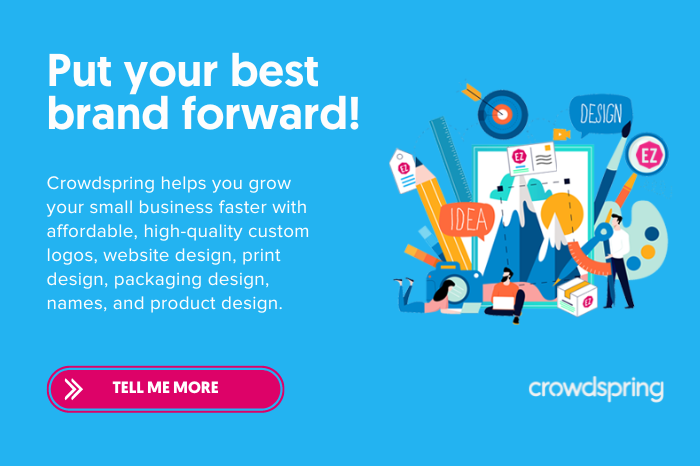

You’ve developed an incredible SaaS product able to disrupt the market. However now comes the million-dollar query: How do you worth it?
Getting your pricing mannequin proper isn’t nearly crunching numbers—it’s about aligning your product’s worth together with your clients’ willingness to pay. On this information, we’ll study ten in style SaaS pricing fashions, breaking down the professionals and cons of every that will help you discover the right match for your enterprise.
1. Flat-Fee Pricing
Provide a single product with a set of options at one fastened worth.
Consider it because the “all-you-can-eat buffet” of pricing fashions. For instance, Basecamp, a undertaking administration device we love and use at crowdspring, expenses a flat $99 month-to-month for limitless tasks and customers. This simplicity makes it simple to speak and predict income. Nevertheless, it would restrict your capability to cater to completely different person wants and cut back opportunities for upselling.
2. Tiered Pricing
Present a number of packages at various worth factors, every with its personal options.
It’s like selecting between financial system, enterprise, and firstclass on a flight. HubSpot employs this mannequin to cater to a range of customers—from startups to massive enterprises. Tiered pricing is great for focusing on completely different buyer segments and provides clear improve paths. Simply be cautious to not overwhelm potential clients with too many options.
3. Utilization-Based mostly Pricing
Cost clients primarily based on how a lot they use the product.
Also referred to as “pay-as-you-go,” this mannequin is much like utility payments—you pay for what you devour. Twilio, for example, expenses customers per textual content message or name minute. This strategy lowers the barrier to entry and scales with buyer utilization, however it may end up in unpredictable income and heavy reliance on buyer progress.
4. Per-Consumer Pricing
Cost primarily based on the variety of customers accessing the product.
This straightforward and simple mannequin is in style amongst SaaS corporations. Asana makes use of per-user pricing, rising prices as extra crew members be part of. Whereas this makes income projections simpler, escalating prices would possibly discourage corporations from including extra customers.
5. Per Energetic Consumer Pricing
Like per-user pricing, it expenses just for customers who actively use the product.
Slack is a main instance right here, billing organizations just for energetic crew members every month. This mannequin is enticing to bigger companies with fluctuating person exercise however might not be as helpful for smaller groups.
6. Per Characteristic Pricing
Worth varies primarily based on the options and functionalities a buyer chooses.
It’s like constructing your individual sandwich—you pay extra for additional toppings. QuickBooks provides completely different pricing tiers primarily based on out there options. This mannequin encourages clients to improve for superior functionalities however requires a fragile stability to keep away from alienating those that really feel important options are locked behind higher-priced tiers.
7. Freemium
Provide a free fundamental model of your product, with the choice to improve to a paid model for superior options.
MailChimp permits customers to ship emails to a restricted variety of subscribers free of charge. Freemium fashions are wonderful for attracting a big person base and producing leads however can result in excessive assist prices and challenges in changing free customers to paying clients.
8. Quantity Pricing
The value per unit decreases as the amount bought will increase.
It’s the Costco mannequin—the extra you purchase, the much less you pay per merchandise. A SaaS firm would possibly cost $10 per person for as much as 10 customers however cut back the speed to $8 per person for 11–50 customers. This incentivizes bigger purchases and may enhance total income.
9. Characteristic Bundle Pricing
Bundle a number of options or companies collectively at a reduced price.
Adobe Artistic Cloud provides entry to a collection of artistic apps at a mixed worth decrease than buying every app individually. This mannequin promotes broader use of your product choices however requires cautious packaging to make sure clients understand actual worth.
10. Function-Based mostly Pricing
Cost completely different costs primarily based on the person’s position inside a company.
An HR software program platform would possibly cost extra for administrator accounts than commonplace worker accounts. This aligns pricing with the worth completely different customers obtain, but when not communicated clearly, it will possibly complicate billing and confuse clients.
Selecting the best pricing mannequin isn’t only a monetary resolution—it’s a strategic one which impacts how clients understand and work together together with your product.
By understanding the nuances of every pricing technique, you may tailor a mannequin that resonates together with your audience and helps your enterprise objectives. Keep in mind, it’s okay to experiment and alter your pricing as you be taught extra about your clients’ wants and behaviors.




















